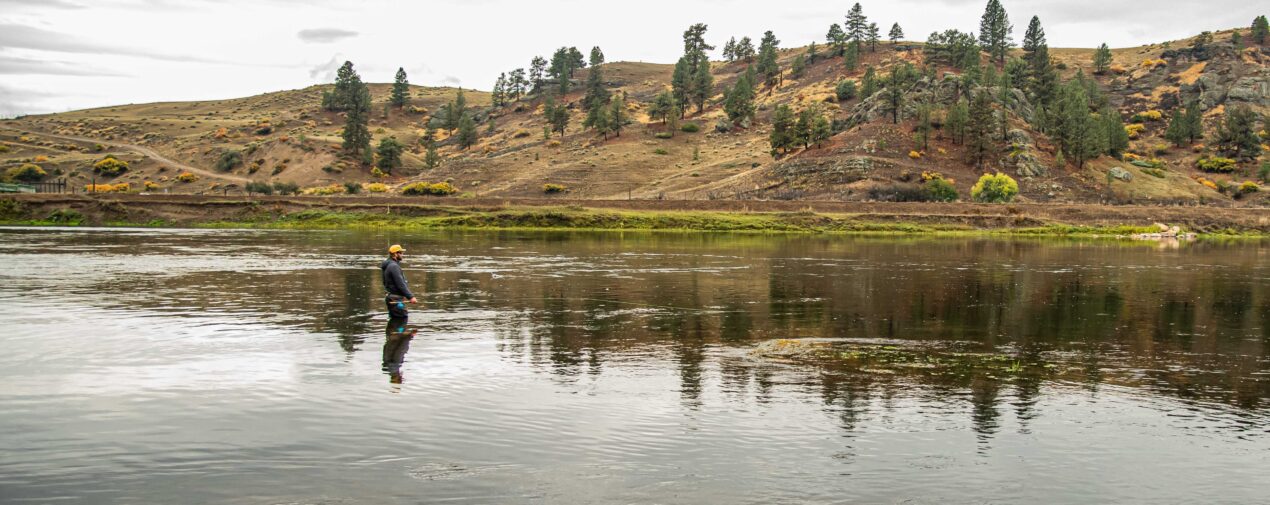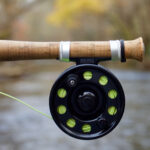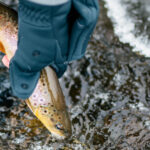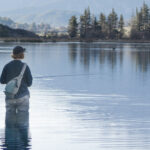Angler Conservation: A Beginner’s Guide
Fly fishing is not just a recreational activity; it’s an immersive experience that allows people to connect with nature and appreciate the beauty of rivers, lakes, and streams. As stewards of the environment, fly fishermen have a responsibility to practice conservation and ensure the long-term sustainability of the ecosystems they enjoy. If you’re just beginning your journey in fly fishing, it can be hard to know how to best care for the land. Here are some best practices for fly fishing conservation that can help preserve the natural habitats, promote responsible fishing practices, and forge a connection to the land.
Respect Catch-and-Release Principles
Catch-and-release practices play a vital role in conserving fish populations and maintaining healthy ecosystems. When practicing catch-and-release, handle fish with care, minimizing stress and injury. Use barbless hooks to facilitate easier and safer hook removal. Try to keep the fish in the water as much as reasonably possible.
You can catch fish without a net, but nets allow you to keep the fish in the water and stress it as little as possible. Wet your hands before handling fish to avoid damaging their protective slime coating. Release fish gently, allowing them time to recover before swimming away. By respecting catch-and-release principles, you contribute to the preservation of fish populations and make sure future anglers can enjoy the thrill of fly fishing. Bigger fish generally taste worse anyway.
Follow Fishing Regulations and Local Guidelines
Familiarize yourself with local fishing regulations and guidelines specific to the area you are fishing in. Regulations are put in place to protect fish populations and maintain ecological balance. Adhering to these rules helps preserve the health and sustainability of fisheries. Stay informed about fishing seasons, size limits, bag limits, and any special restrictions. You can check with your state wildlife agency, but pay close attention, as some rivers have regulations all their own.
Check before you go, especially during the summer, as drought conditions or summer heat can make it harmful to remove fish from the water. If you are confused by the sometimes Byzantine nature of fishing regulations, you can call your local fly shop. By knowing and respecting these regulations, you contribute to the overall conservation efforts and show respect for the delicate balance of aquatic ecosystems.
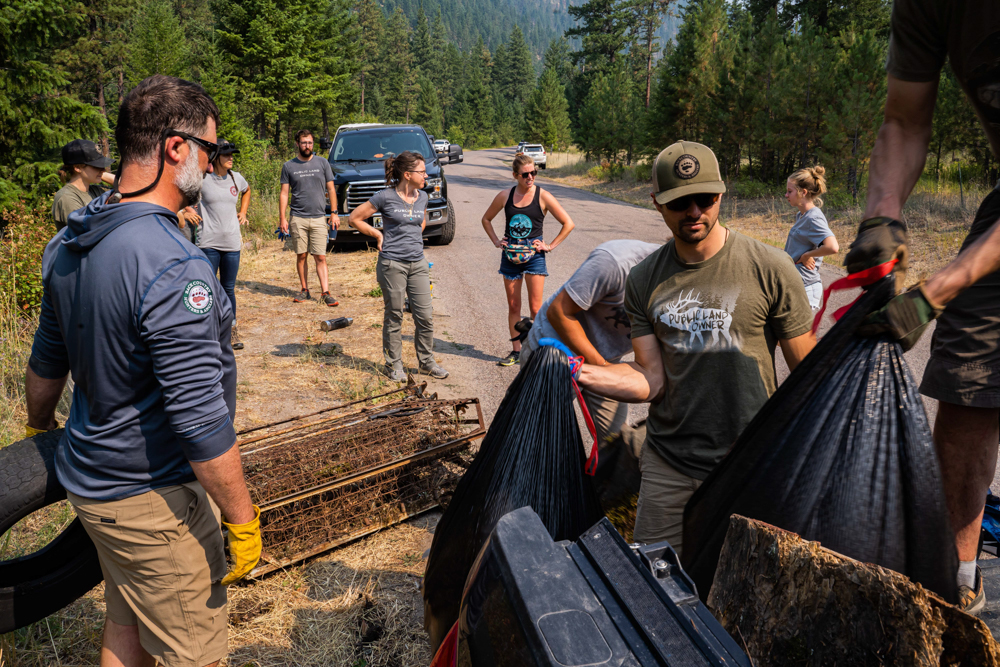
Minimize Streamside Impact
Fly fishing is a sport that rewards delicate presentation. You can only entice a trout if you’re careful. This goes for people as well as your flies. Leave the tromping to Bigfoot. When fly fishing, be mindful of your impact on the streamside environment. Avoid trampling on fragile vegetation, it plays a crucial role in stabilizing riverbanks and providing habitat for various organisms. Streambanks often only need a few steps to destabilize. Areas that see frequent fishing will usually have trails anglers have made out of the path of least resistance.
Stick to established trails and access points to minimize disturbances. If you need to cross the stream, do so carefully, avoiding damaging aquatic habitat or spawning areas. Properly dispose of any trash or waste. Many anglers will bring little cans with them to put cut line into. Consider participating in organized river cleanups to help maintain the natural beauty of the waterways. Your local Trout Unlimited, Backcountry Hunters and Anglers, or other environmental organizations often host these events, and it can be a great first point of contact for local involvement.
A less often talked about part of minimizing streamside impact is to practice good angler etiquette. Give other anglers adequate room. If they arrived at the spot first, it’s theirs. Strike up a good conversation at the parking lot, find out what’s biting. I’ve never had a bad conversation with another angler, and avoided what could be fraught situations by asking questions first. Nick Gann, Southwest Communications Director at Trout Unlimited, had this advice: “Like most things in life, listen more than you talk and try to be friendly! Make sure to give others on the river enough space and anticipate they may want to venture up and/or downstream from their current position.”
Use Environmentally Friendly Gear and Materials
Selecting environmentally friendly gear and materials can make a significant difference in fly fishing conservation. Opt for non-toxic fly lines, leaders, and tippets to prevent the release of harmful substances into the water. Choose eco-friendly fly tying materials, such as synthetic fibers and natural materials from sustainable sources. Avoid lead-based flies or split shot weights, as these can pose risks to fish and their habitats. Make conscious choices about your gear and materials, and you contribute to the health and preservation of aquatic ecosystems.
Educate and Practice Leave-No-Trace Ethics
Most readers of Dirtbagdreams are familiar with Leave No Trace principles. All of the 7 basic principles apply well. One of the best ways to practice LNT principles is to teach LNT principles, and in fly fishing it’s no different.
Promote fly fishing conservation by educating fellow anglers and spreading awareness about the importance of preserving our natural resources. Encourage others to practice responsible fishing techniques, respect fishing regulations, and engage in conservation efforts. Advocate for sustainable management of fisheries and support organizations dedicated to preserving and restoring aquatic ecosystems. By sharing knowledge and fostering a culture of conservation within the fly fishing community, you help ensure a sustainable future for this beloved sport.
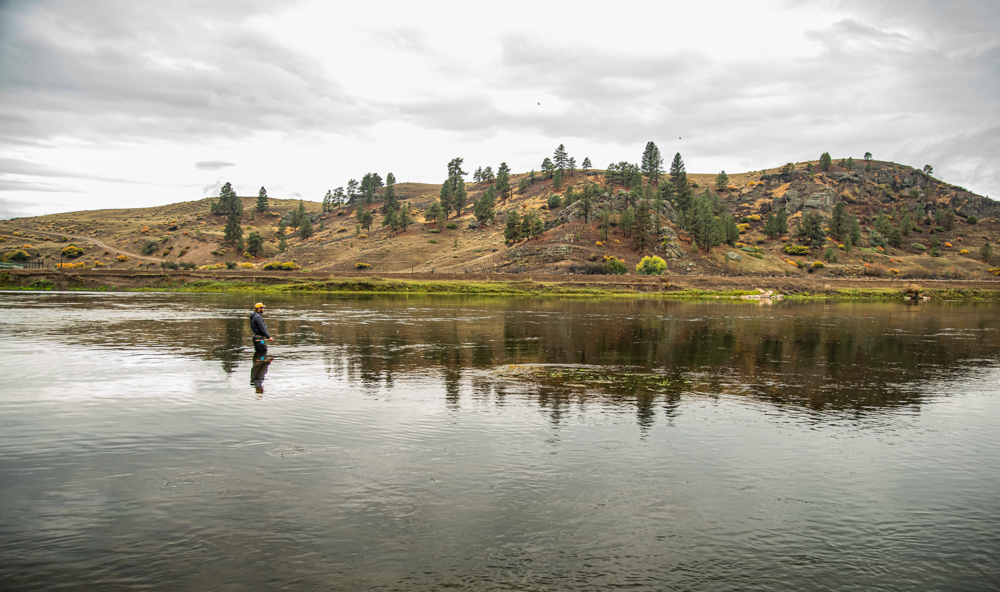
Get Involved with Conservation Organizations
Take an active role in fly fishing conservation by getting involved with local or national organizations. It’s important to remember “you’re a citizen your entire life and it’s part of your responsibility to be informed and engaged in the policymaking of our country”, says Nick Gann. Conservation organizations work tirelessly to protect and restore aquatic habitats, advocate for sustainable fishing practices, and promote awareness of environmental issues. Some of the organizations may not even be exclusively fly fishing based.
Joining such organizations allows you to contribute directly to conservation efforts through volunteering, participating in restoration projects, or providing financial support. These organizations provide educational resources, workshops, and events that can grow your understanding of fly fishing conservation and connect you with like-minded people. Some great organizations to get started with are Trout Unlimited, Backcountry Hunters and Anglers, River Keepers, Wild Steelhead Coalition, and many more local organizations that know their water well. Once again, the best place to go for information is your local fly shop.
I spoke with Josh Mills, Corporate Conservation Partnership Coordinator for Backcountry Hunters and Anglers, and he had this to say:
“The basic is: just get started. Dip your toe in, and you’ll see that it’s a rewarding situation that puts something back into what you love. You’ll take a real ownership in your local streams and it’ll only grow from there.”
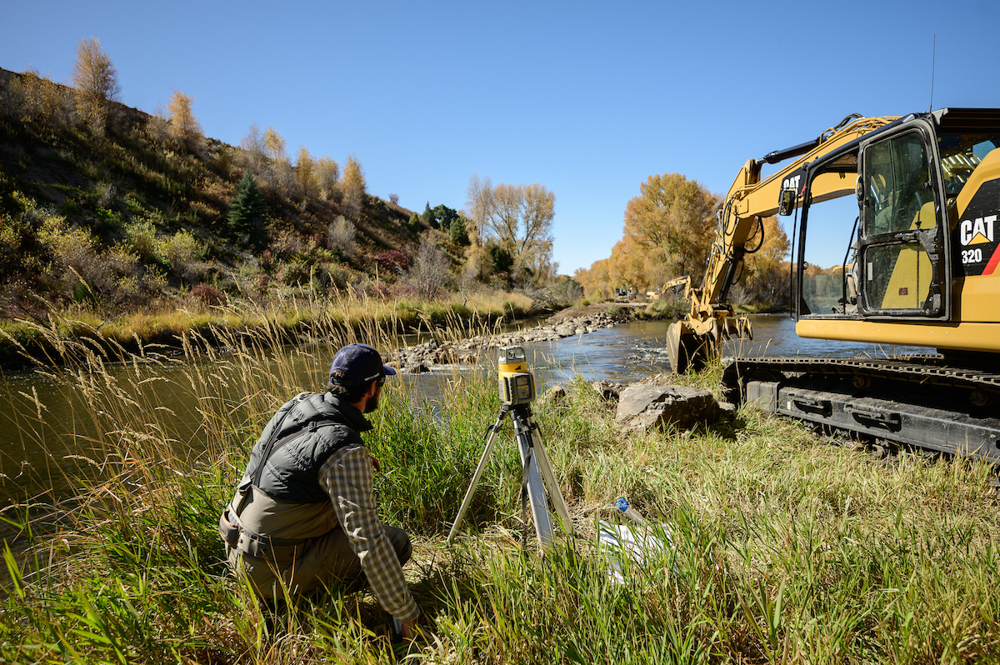
Fly fishing conservation is essential for preserving the pristine habitats and delicate ecosystems that make this sport so captivating. By respecting catch-and-release principles, following fishing regulations, minimizing streamside impact, using environmentally friendly gear, and promoting education and awareness, fly fishermen can actively contribute to the long-term sustainability of our waterways.
By following these best practices, we can safeguard the beauty of nature, protect fish populations, and enjoy the timeless art of fly fishing for generations to come. As Mr. Mills said: “We owe it to the sport we love, the fish we chase, and the environments that we get to be a part of to find ways to give back, to make sure fish populations and the places they inhabit are healthy.” There is nothing nobler for us as anglers and outdoorspeople than to leave the place better than we left it.
About the Gear Tester

Charles Miller
Charles Miller is a writer and copywriter who loves thinking about outdoor recreation and conservation. He is an avid angler, climber, cyclist, and backpacker. He can usually be found with his hound dog, Walter.

